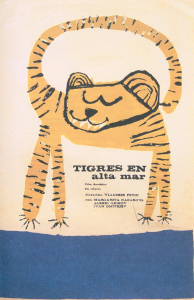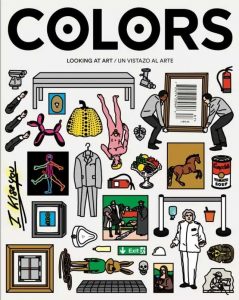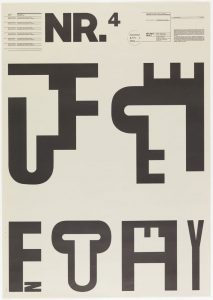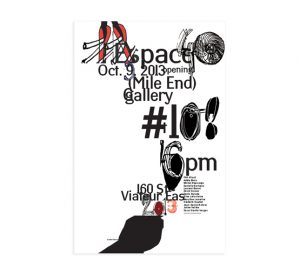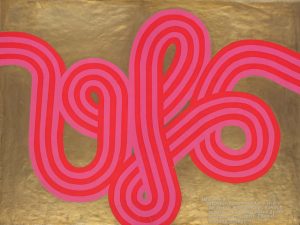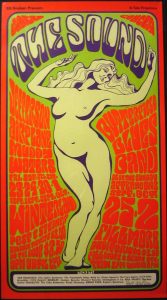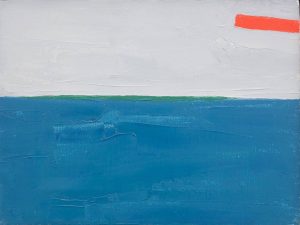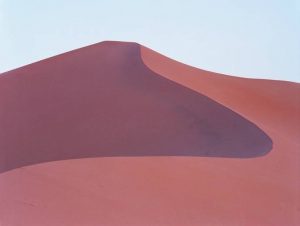In this semester, I take 8 lectures to learn the communication and research skills. Theses lectures talk about history and academic knowledge of art including Counter Culture, Postmodernism, Modernism and Postmodernism. I learn how to consider and appreciate an art project with their deep meaning, and it also let me know how to do research to help myself design work.
Research and communication courses benefit my graphic design skills. From my research I appreciate various famous graphic designer’s projects which form a new world for my design thinking. As for a poster, when I design it, in the beginning I will chose typefaces because it may influence the overall sense of the poster, and I will read text carefully to find a most suitable typeface for the expression of writer. ‘The Crystal Goblet ‘said that typography like a cup for text, so my design must around the sense of text. In my opinion, design is not self-expression, but communicate and text. Therefore, I need to use typography and consider the hierarchy, alignment, weight, space, margins, cropping, scale, contrast, and proportions of the poster to stop people. In addition, I should consider the key point of a text, and lead reader to catch the most important information in the first time.
Kenya Hara is one of my favorite graphic designer. According my research, I gain lots of design ideas from this designer. He told that “Art is an expression of an individual’s will tosociety at large. Design is not self-expression. Instead it originates in society. The essence of design lies in the process of discovering a problem shared by many people and trying to solve it. I really like his projects about haptic and re-design, which is fantastic and innovative. Especially the haptic design, it let me know design need to communicate with pubic and infect them by my projects. Another my favorite graphic designer is J.Muller-Brockmann who is a swiss modernism graphic designer. The first time I know him is on the Modernism lecture. From my research about his artworks and read his books. I how to use the grid as an organizational too, harmony between image and type was achieved, resulting in a unified composition.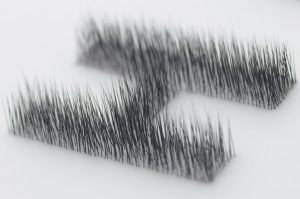
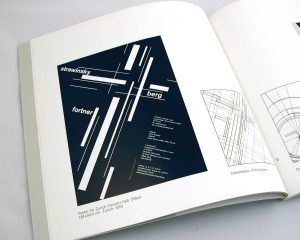
These lectures also take various photograph skills for me. when I do some research, I find a very special photographer who is Luigi Ghirri. He considers the ability and defect of photography, and good at using painting frames, windows, doorframe, and even ridges form the cutting of the photo. When I do my 15 photos work in the photograph course, I always consider the special form of frame and used different view and point to express a project.
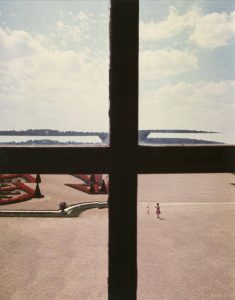
Overall, Research and communication skill course let me know that as a designer, I need to gain more and more art history and academic knowledge, and I need to consider some society problems to communicate design and public. When I do a artwork I cannot only limit my idea in own work , and should do a lot of research from famous designers and history.
https://www.ndc.co.jp/hara/en/books/2011/05/haptic.html
https://www.moma.org/artists/4154
http://www.dazeddigital.com/photography/article/16236/1/luigi-ghirri

